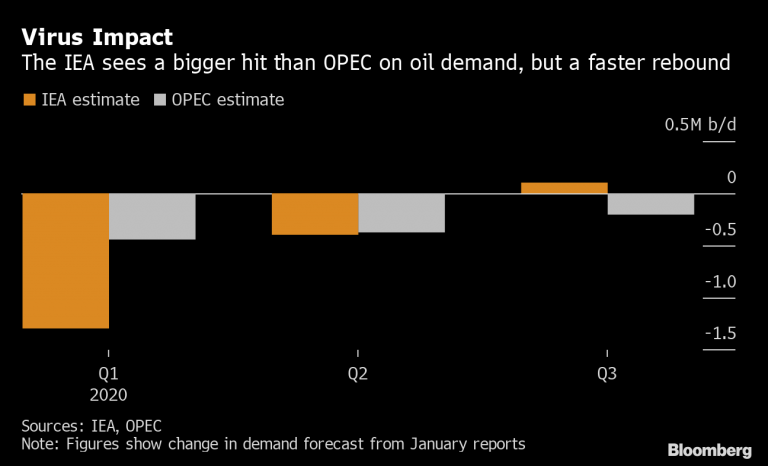Norway vows to keep pumping gas as prices fall

Europe’s second-largest gas supplier plans to keep pumping natural gas even after prices dropped to their lowest in more than a decade. The region’s benchmark slid 50% in the past year after a mild winter left inventories brimming and more cargoes of liquefied natural gas flooded the market. Yet that’s not putting off Equinor ASA, the Norwegian state-owned producer, which delivers about a fifth of the European Union’s pipeline gas imports. “If someone is hoping for supply relief coming from Norway, we will have to disappoint them,” Tor Martin Anfinnsen, the state-owned company’s senior vice- president for marketing and trading, said in an interview in Essen, Germany. “We will be the last ones to turn off the taps. We are far away from reducing flows.” The unwillingness to cut flows may seem surprising, considering that Equinor is one of the most exposed oil companies to European and US spot natural gas prices, according to Sanford C Bernstein & Co, which sees the company’s gas earnings fall by about €300mn ($326mn) in 2020 if prices don’t change from current levels. But both Equinor and its larger Russian rival Gazprom PJSC may be focusing on preserving market share as competition heats among LNG suppliers. Equinor’s gas production “is very cost-competitive,” Anfinnsen said. The company said it continues its normal practice, which is to optimize prompt versus forward markets according to demand signals within the flexibility limits under its license permits. Norway’s pipeline exports of natural gas to continental Europe and the UK fell to 107bn cubic meters in 2019 from 114bn cubic meters the year before as Equinor and other producers choose to hold back volumes amid the bad market conditions, according to Norwegian Petroleum Directorate. Benchmark next-month gas in the Netherlands has dropped to about €8.70 a megawatt-hour ($2.75 a million British thermal units), the lowest since August 2009. Norway’s marginal production cost is about €6 a megawatt-hour and Russia’s is around €8, according to six traders and analysts consulted by Bloomberg since Tuesday at the E-World conference in Essen, Germany. “Even if prices achieve levels below Norway and Russia’s marginal cost of production, these countries usually have long-term strategies for gas supply,” Frank van Doorn, head of trading at Sweden’s Vattenfall AB, said in an interview in Essen. “I am not sure if they would have a quick answer to low prices.” Even the coronavirus may weigh down on European gas if more Chinese buyers declare force majeure on LNG supplies, leaving the potential for increased imports of the chilled fuel into the region, van Doorn said. “It is hard to find a bullish factor for natural gas right now,” he said. “It can take more than two years until we see an upside move.”







